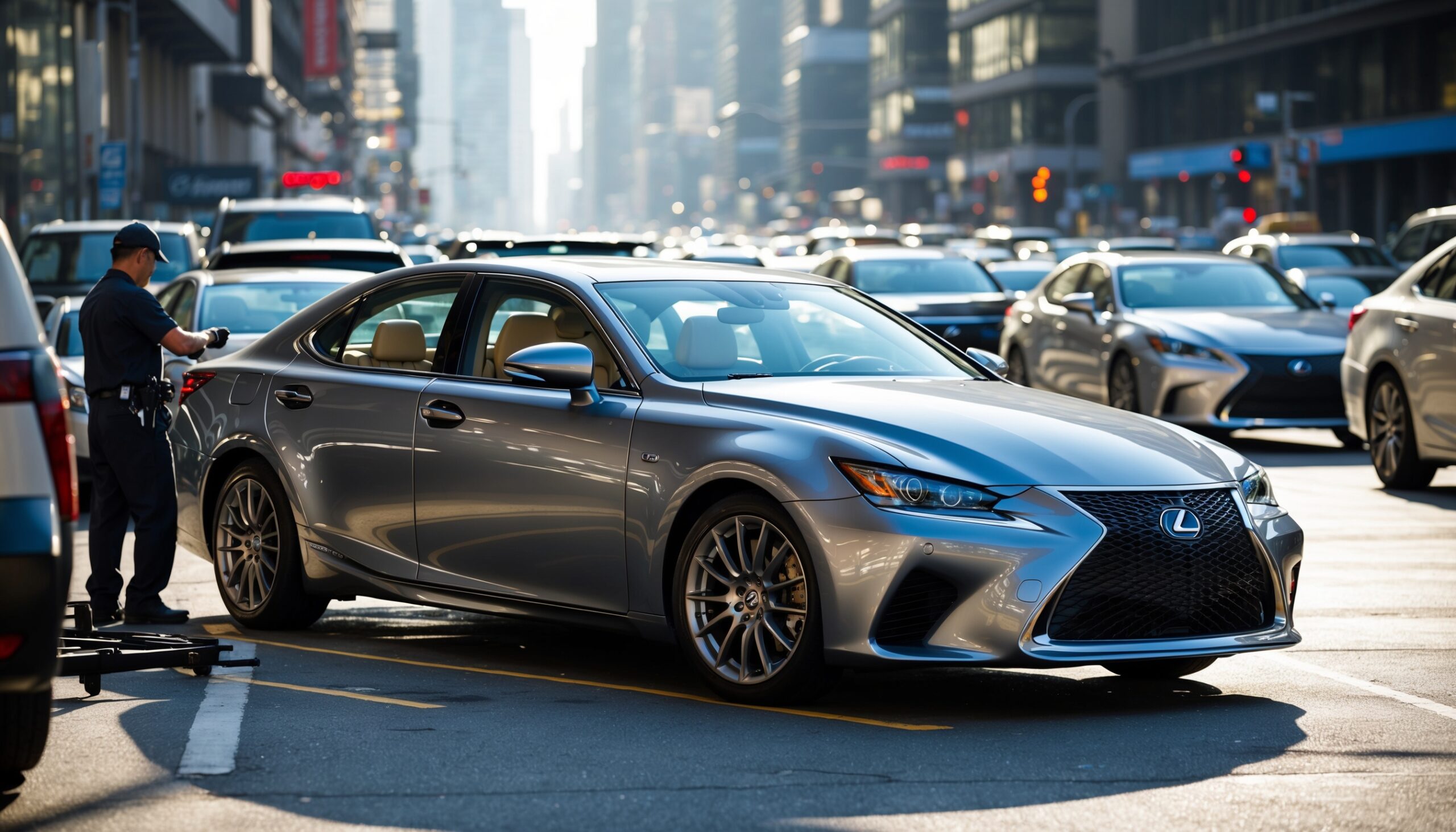Understanding Brake Dust: What Is It and Why Does It Matter?
Ah, the joy of driving a clean, shiny car! But wait—what’s that? Those dark, gritty spots on your beautiful rims? Yes, we’re talking about brake dust. For car enthusiasts, brake dust is more than just an eyesore; it can be a nuisance that detracts from the overall aesthetics of your ride. In this post, we’re diving deep into how to stop brake dust from clinging to your rims, so you can enjoy that pristine look without the constant battle.
What Causes Brake Dust?
Before we tackle the problem, let’s understand what brake dust actually is. Brake dust is a byproduct of the friction created when your brake pads clamp down on the brake rotors to slow your vehicle. As the pads wear down, tiny particles break off and get flung into the air, eventually settling on your wheels. Various factors contribute to the amount of brake dust produced, including:
- Brake Pad Material: Some materials like semi-metallic pads generate more dust than others.
- Driving Style: Aggressive braking leads to increased dust production.
- Vehicle Type: Heavier vehicles tend to produce more brake dust due to the additional weight on the brakes.
- Environmental Factors: Dusty roads and certain weather conditions can exacerbate the issue.
The Importance of Keeping Your Rims Clean
Not only is brake dust unsightly, but it can also harm your rims over time. The abrasive particles can scratch and damage the finish of your wheels, leading to corrosion and costly repairs. Keeping your rims clean isn’t just about aesthetics—it’s about maintaining the value of your vehicle. So, how can you stop brake dust from clinging to your rims? Let’s break it down.
1. Choosing the Right Brake Pads
Your first line of defense against brake dust lies in the choice of brake pads. Here are some options to consider:
Also Read: Thinking Of Swapping Your Harley's Belt For A Chain? Here's What You Need To Know
- Organic Pads: These are made from materials like rubber and Kevlar. They produce less dust but may wear out faster than harder compounds.
- Semi-Metallic Pads: While they offer great stopping power, they tend to create more dust. If you’re after performance, this might be your choice, but be prepared to clean more often.
- Ceramic Pads: These are the ideal choice for those who want to minimize brake dust. They produce significantly less dust without sacrificing performance.
2. Regular Cleaning and Maintenance
Even with the best brake pads, some brake dust will inevitably accumulate. Regular cleaning is crucial. Here’s how to do it effectively:
- Frequency: Aim to clean your rims at least once a week, especially if you drive frequently.
- Materials: Use a soft brush and microfiber cloth to avoid scratching the surface.
- Products: Invest in a quality wheel cleaner specifically designed to tackle brake dust.
Make sure to rinse thoroughly to remove all chemical residues, as these can also attract dust.
Also Read: Expert Insights: Q&A with mycar managing director Sylvain Borré
3. Applying a Wheel Sealant
After you’ve cleaned your rims, consider applying a wheel sealant. This creates a protective barrier that can help repel brake dust and make cleaning easier. Here’s what you need to know:
- Types of Sealants: Choose from spray-on or paste-type sealants. Each has its benefits, but both can provide a good protective layer.
- Application: Follow the manufacturer’s instructions for application. Generally, you’ll want to apply it to clean, dry wheels.
- Reapplication: Depending on the product, you may need to reapply every few weeks or after washing your car.

4. Upgrading Your Rims
If you find yourself constantly battling brake dust, it might be time to consider upgrading your rims. Some materials are better at resisting dust accumulation than others. Here’s what you should look for:
- Painted Rims: Painted finishes can be easier to clean than polished aluminum but might require more protection.
- Powder-Coated Rims: These offer a durable finish that is less prone to scratching and can resist brake dust better.
- Clear-Coated Rims: A clear coat provides an additional layer of protection, making it easier to clean off dust.
5. Driving Habits Matter
Your driving style can play a significant role in the amount of brake dust you generate. Here are some tips to adjust your habits:
- Gentle Braking: Try to avoid sudden stops whenever possible. Smooth, gradual braking can reduce wear on your pads.
- Anticipate Stops: Look ahead and anticipate when you’ll need to brake, allowing for a smoother stop.
- Avoid Overloading: Carrying heavy loads can put additional strain on your brakes, leading to more dust.
6. Use Brake Dust Shields
Brake dust shields are a great investment for those who want to keep their rims clean with minimal effort. Here’s what to consider:
- Material: Look for shields made of durable materials that can withstand heat.
- Fit: Ensure the shields are compatible with your specific wheel design.
- Installation: Many shields are easy to install and remove, making clean-up a breeze.
7. Keeping Your Environment Clean
Sometimes, the battle against brake dust extends beyond your vehicle. Consider the environment in which you drive:
- Avoid Dusty Roads: If possible, steer clear of unpaved or dusty roads that can kick up debris.
- Parking: If you park in a garage, keep it clean to minimize dust exposure.
- Washing Your Car: Regularly washing your entire vehicle, not just the rims, can help reduce overall dust accumulation.
8. Professional Help
If you’ve tried everything and still struggle with brake dust, it might be time to enlist professional help. A professional detailing service can provide a deep clean, apply protective coatings, and even recommend specific products that suit your driving style and vehicle type.
9. The Role of Technology
With advancements in automotive technology, there are now products that specifically target brake dust. These can include:
- Brake Dust Repellent Sprays: These products can be sprayed directly onto your rims to help prevent dust from sticking.
- Advanced Brake Pads: Some manufacturers are now producing brake pads that minimize dust production significantly.
- Rim Coatings: New ceramic coatings can offer long-lasting protection and make cleaning much easier.
10. Your Checklist for Brake Dust Management
To wrap things up, here’s a quick checklist to help you manage brake dust effectively:
- Choose quality brake pads that produce less dust.
- Clean your rims regularly and thoroughly.
- Apply a protective wheel sealant after cleaning.
- Consider upgrading to rims designed to resist brake dust.
- Adjust your driving habits to minimize brake dust production.
- Use brake dust shields for additional protection.
- Keep your driving environment clean.
- Seek professional help when needed.
- Utilize advanced technology products to reduce brake dust.
Keeping brake dust at bay doesn’t have to be a never-ending struggle. With the right choices and habits, you can maintain the beauty and integrity of your rims. Whether you’re a casual driver or a passionate car enthusiast, these tips will help you enjoy that clean look with less effort. Happy driving from all of us at Torque Feed!











